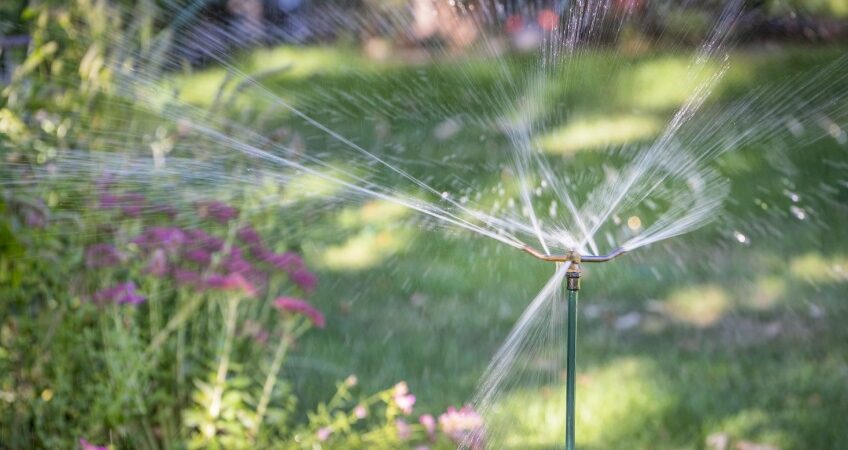Container plants are like family pets: The more attention you give them, the better they behave. But it’s not always easy to give plants the care they need, particularly when hot or dry weather means daily watering.
A simple, automated drip-irrigation system, which applies water slowly and directly to roots, frees you from hand-watering and helps eliminate harmful fluctuations in soil moisture. Plants respond by growing full and lush. And you’ll never have to drag around another hose.
In drip irrigation systems, water is applied through plastic tubes or drip-tapes that have small holes (emitters) spaced at regular intervals that allow the water to seep into the soil. With high application efficiency levels (80 to 95%), drip systems are being used increasingly to manage when, where, and how much water is applied to crops.
ADVANTAGES OF DRIP IRRIGATION
Drip irrigation has several advantages over surface and overhead forms of irrigation. Drip systems can reduce water use by 50% as compared to sprinkler irrigation, and the lower pressure requirements can result in reduced pumping costs.4,5 Yields are often higher in cropping systems using drip irrigation as a result of improved water management and reduced disease and weed pressure. The wetting of foliage that occurs with sprinkler irrigation can result in the spread of certain plant pathogens and favor disease development. This is not an issue with drip irrigation, and drier plant canopies can help improve aspects relating to food safety concerns.
Drip systems have high water use efficiency levels because water is applied directly to the root zone and not to nonproductive areas such as spaces between rows. A smaller area of the soil surface is wetted resulting in lower surface evaporation and usually no surface runoff. This also results in less soil erosion and nutrient leaching. Because the areas between the rows stay dry, field operations, such as harvesting, can take place even during periods of irrigation.
Drip systems are very adaptable. They can be used in fields with uneven topography and in unusually shaped fields. Drip systems can also be used to deliver nutrients (fertigation) and pesticides (chemigation) to the crop during the season without disrupting root systems or damaging foliage. In some cases, drip-tape and plastic mulch are left in place and reused for one or more following crops (e.g., cucumber following tomato).
DISADVANTAGES OF DRIP SYSTEMS
The disadvantages of drip systems include a high initial investment ($1,200 to $2,000 per acre) and a higher degree of skill and management than are required with some other irrigation systems. Drip systems need to be monitored regularly for damage, clogs, and leaks so that repairs can be made quickly. With temporary drip installations (common with most vegetable crops) the drip tape needs to be removed at the end of the season, resulting in costs of removal and issues with disposal of the used tape.
Drip systems require a higher level of water quality than other irrigation systems. Clean water within a certain range of pH and mineral content is needed to minimize problems with clogged emitters. Multiple filtration systems may be needed to adequately clean the water, and periodic acid and chlorine flushes may be needed to eliminate problems with mineral (iron) deposits and the growth of bacteria and algae that can clog emitters.1,3 Because water distribution is restricted to the root zone, salt accumulation can become a problem in some areas, depending on water quality and the occurrence of natural rainfall.

